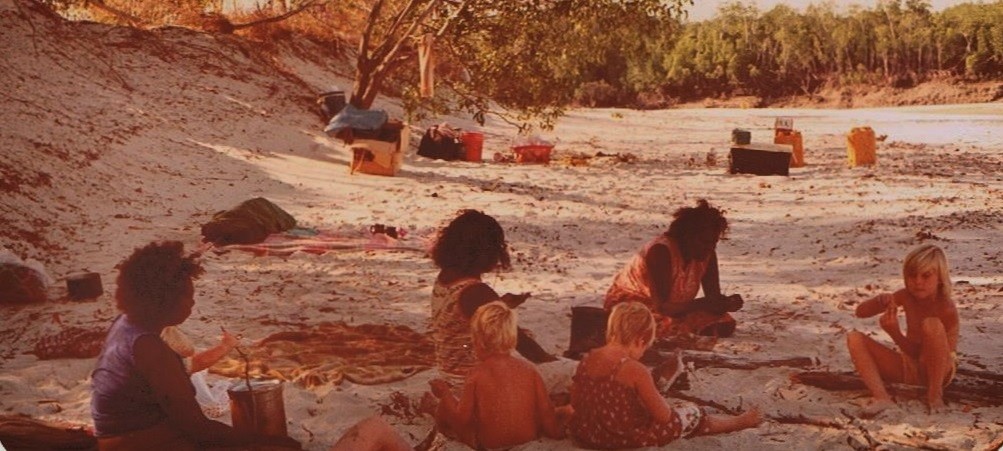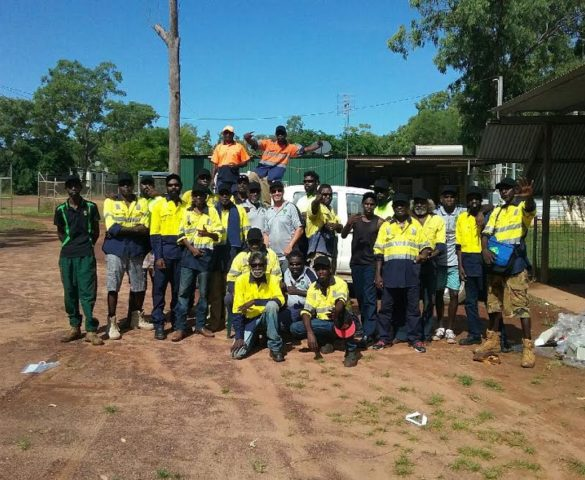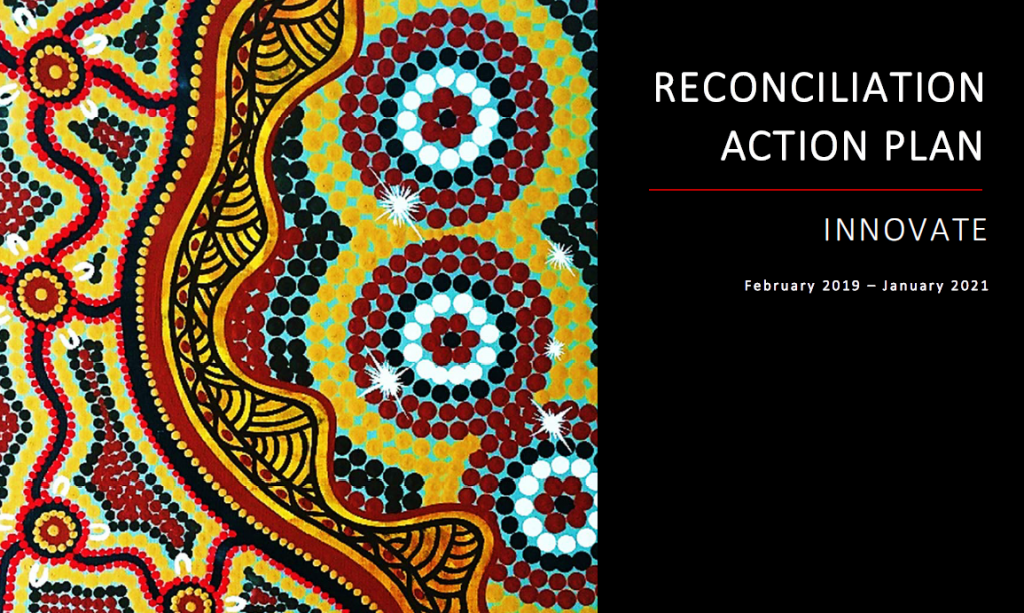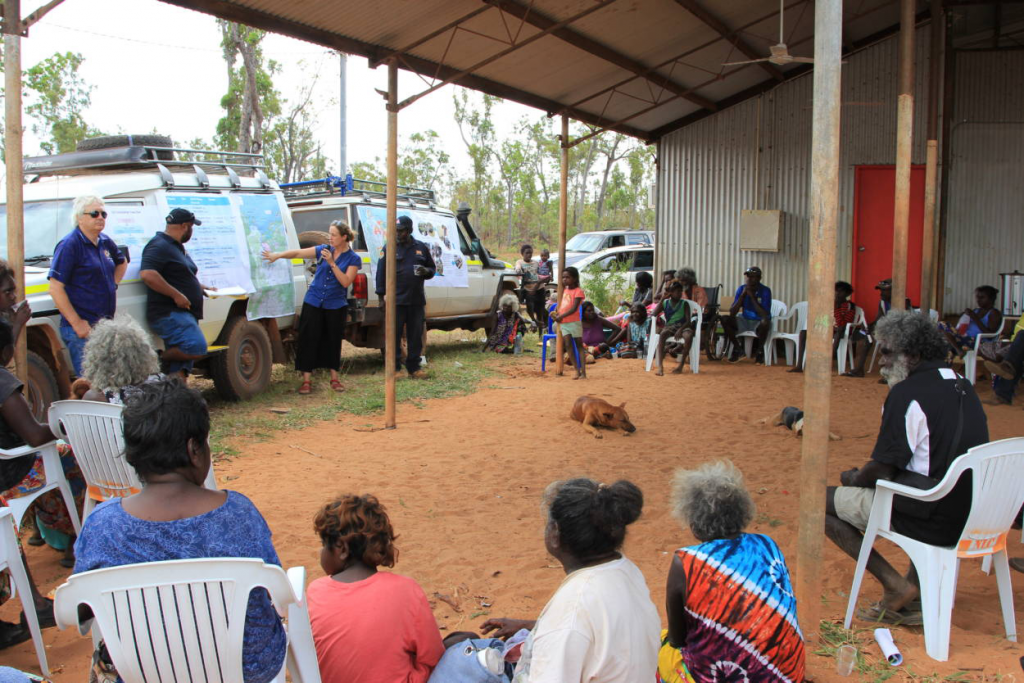It has certainly been a while since I had the ability to sit down and put together my thoughts on the much debated and at times frustrating sector that is Indigenous employment, engagement and socioeconomic advancement.
Now, as a non-Indigenous person I don’t attempt to possess all the answers or know how we as a society fix these on-going issues? I am only attempting to raise awareness of what we are doing isn’t working and we MUST change tact!
As most of my closest colleagues know, I grew up in the early 80’s on the small Aboriginal community of Wurrumiyanga (Nguiu) on Bathurst Island, north of Darwin. I think there is still a picture floating around somewhere of me, aged around 4 years old dressed up on Tiwi Grand final day, as the Tapalinga mascot? The local Tiwi Island AFL team my farther played with.
Growing up on the Tiwi Islands, I consider myself extremely privileged to have been embraced by members of this traditional owner group. Through the understanding of their culture and lifelong connection with the people and the land, I possess a strong commitment to the empowerment of the Indigenous people of Australia incorporating socioeconomic advancement.
Now, thanks to the highly successful Australian Government Indigenous Procurement Policy (IPP) there is a real focus from the business community for the engagement of Indigenous business within the procurement process; However the question I am constantly asking the business community is, what really makes up an Indigenous Business or for that matter, a meaningful partnership with an Indigenous business?
What it means to me quite simply, is a long term and meaningful connection with the Indigenous business community, traditional owners of the land and a real focus on changing the communities in which you work and the lives of those you employ.
One such Indigenous engagement model that I have had the pleasure in implementing, was a highly successful employment and workforce development program that not only provided capacity around Indigenous employment (around 20 – 30% of the total workforce) but built socioeconomic advancement through the establishment of an 100% Indigenous owned Labour hire company that provided approx 750 Aboriginal employees with employment.
Late last year I had the absolute pleasure of exploring this very journey with a senior and exceptionally strategic human resource manager of a major civil contractor in Brisbane. It’s a discussion I could happily have 100 times over and one I thoroughly enjoyed, as it provided meaningful direction to the organisations core values regarding Aboriginal engagement and the use of workforce development strategies together with Labour hire options.
This discussion was not only from a place of passion and dedication but a strategic, long term direction, based on a holistic approach to workforce development. During which we explored how by integrating culturally rich learning and development practices into their operations, they can significantly increase engagement and Indigenous employment numbers through a labour hire model whilst developing socioeconomic advancement.
Engagement with traditional owners. Yes, it is a long term concept and yes it takes commitment. But, if done correctly, the commercially driven ROI is huge. Not to mention the ‘Employer of choice’ and diversity benefits to an organisation.
The real long term benefit of this concept to an organisation willing to develop these strategies, is that you are locally engaged with those who possess a deep understanding of the project area. Another added benefit, and sometimes hidden benefit, is that you minimise lengthy delays in cultural heritage / Native title issues. All the while being provided with a local workforce; a workforce that is ‘Indigenous’ to the project area and who are 100% invested in the project.
Yes, I agree, for any project to be achieved on time and under budget we have deliverables that are commercially driven. However, I do also firmly believe that the key to long term success in the procurement of viable and cost effective projects, are sound and effective Indigenous Engagement strategies.
I have worked with and been a part of some really great organisations that have seen the real economic and moral benefit of these strategies in play and I must say, there is currently a lot of good work being done within my networks nationally to increase Indigenous across the business community!
In conclusion, as this area is a real passion of mine (if you hadn’t already picked up on it!), I naturally see the benefits for any organisation willing to invest. However, my challenge together with those that advocate for increased Indigenous engagement, is to keep educating the market in the long term benefits and ROI!!
Only through education can you keep learning and adapting!





